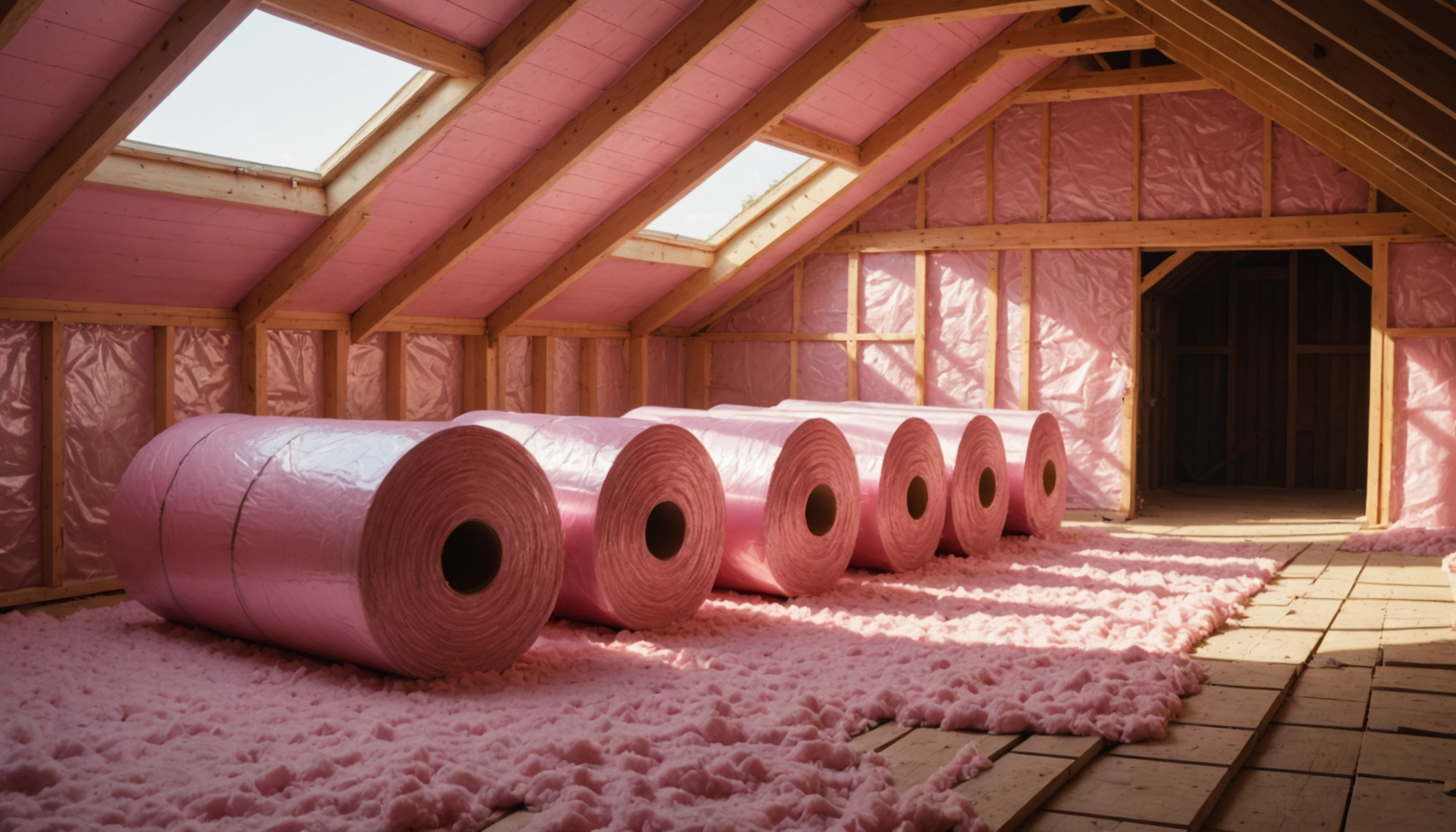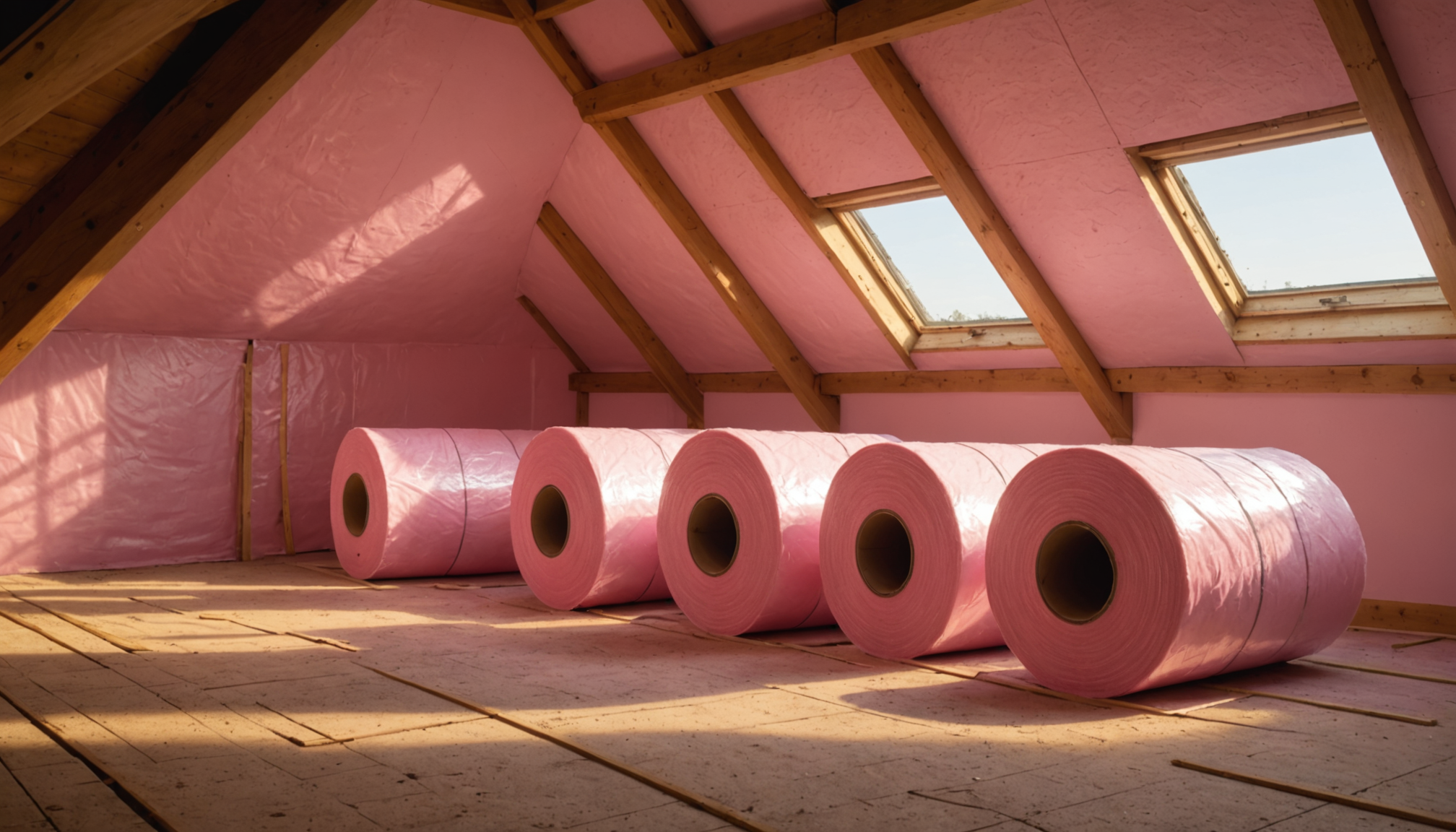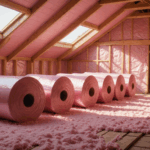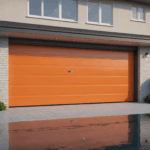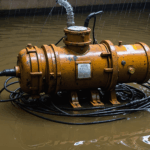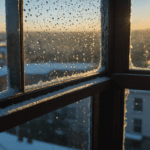In Orlando’s scorching climate, where temperatures routinely soar above 90°F for more than 233 days per year, proper attic insulation serves as your home’s first line of defense against excessive heat gain. According to the U.S. Department of Energy, adequate attic insulation can reduce cooling costs by 15-30% in hot climates like Central Florida, making it one of the most cost-effective energy efficiency improvements for homeowners.
The primary function of attic insulation is to create a thermal barrier that prevents heat transfer between your living space and the attic. During Orlando’s intense summers, attic temperatures can reach up to 150°F, and without proper insulation, this heat readily transfers into your home, forcing your air conditioning system to work harder and consume more energy.
Beyond energy savings, proper attic insulation offers several crucial benefits:
- Enhanced comfort through consistent indoor temperatures across all rooms
- Reduced HVAC system strain, potentially extending equipment lifespan by 3-5 years
- Improved indoor air quality by preventing dust and pollutants from entering through the attic
- Protection against moisture accumulation and potential mold growth
- Lower carbon footprint, with the EPA estimating that proper insulation can reduce home energy usage by an average of 11%
Research from the Florida Solar Energy Center shows that homes in Orlando with insufficient attic insulation can experience indoor temperature variations of up to 10-15 degrees between floors. By upgrading to recommended insulation levels (R-30 to R-60 for Orlando’s climate zone), homeowners can maintain more uniform temperatures throughout their living spaces while significantly reducing their cooling costs.
For homes with HVAC equipment or ductwork in the attic, proper insulation becomes even more critical. The Air Conditioning Contractors of America (ACCA) reports that HVAC systems in poorly insulated attics can lose up to 40% of their cooling capacity during peak summer months. This loss not only impacts comfort but also leads to substantially higher energy bills and increased system wear.
Common insulation materials and r-values
When selecting insulation materials for Orlando homes, homeowners have several effective options that can withstand the region’s intense heat and humidity. Fiberglass remains the most popular choice, available in both batts and blown-in forms, offering R-values between R-2.2 and R-3.8 per inch. Blown-in fiberglass particularly excels in Florida’s climate, providing superior coverage in hard-to-reach areas and maintaining its insulating properties even in high temperatures.
Cellulose insulation, made from recycled paper products treated with fire retardants, delivers R-3.2 to R-3.8 per inch and performs exceptionally well in Orlando’s climate. Its density helps prevent air infiltration, and its natural resistance to pests makes it an excellent choice for attic spaces. However, proper moisture barriers are essential due to Florida’s humidity levels.
Spray foam insulation, though more expensive, offers the highest R-value per inch (R-6 to R-7 for closed-cell foam) and creates an effective air and moisture barrier. This makes it particularly valuable in Orlando’s climate, where moisture control is crucial. Open-cell spray foam provides R-3.5 to R-3.6 per inch and is often more cost-effective while still delivering excellent insulation properties.
Mineral wool (or rock wool) insulation offers R-3.0 to R-3.3 per inch and stands out for its fire resistance and sound-dampening properties. It’s particularly suitable for Orlando homes as it naturally repels water and maintains its shape even in extreme temperatures.
- For Orlando’s climate zone, experts recommend achieving a total R-value of R-38 to R-60 in attic spaces
- Layering different types of insulation can combine their benefits and achieve higher overall R-values
- Reflective or radiant barriers can be installed alongside traditional insulation to reflect up to 97% of radiant heat in Orlando’s intense summer conditions
- Proper ventilation must be maintained when installing any type of insulation to prevent moisture accumulation
Identifying and sealing duct leaks
Many Orlando homeowners unknowingly lose up to 30% of their conditioned air through leaky ductwork, significantly reducing their HVAC system’s efficiency. The most common leak points occur at connections between duct sections, where the ducts meet vents, and around the air handler. These leaks not only waste energy but can also draw in harmful attic air containing dust, insulation fibers, and other contaminants.
One frequent mistake is using standard duct tape for repairs. Despite its name, conventional duct tape isn’t suitable for sealing ducts as it deteriorates quickly in hot attic conditions. Instead, use mastic sealant or specialized metallic tape labeled “UL 181” for long-lasting results. Another common error is focusing solely on visible leaks while overlooking hidden connections behind insulation or in cramped spaces.
To properly identify duct leaks, follow these steps:
– Turn on your HVAC system’s fan
– Feel for air movement around duct connections with your hand
– Look for disconnected or crushed ductwork
– Check for darkened insulation around ducts, indicating air leakage
– Listen for whistling sounds, which often indicate air escaping
The most overlooked areas typically include:
– Connections at the air handler
– Branch connections to main trunk lines
– Return air box connections
– Duct seams in attic spaces
– Floor register boots and ceiling diffusers
When addressing these issues, avoid these critical mistakes:
– Never use grocery store duct tape
– Don’t seal ducts without first ensuring they’re properly supported
– Avoid compressing surrounding insulation, which can reduce its effectiveness
– Don’t forget to seal both supply and return ducts
– Never block soffit vents when working around ducts in the attic
For optimal energy efficiency in Orlando’s climate, combine duct sealing with proper insulation of the ductwork itself. Ducts in unconditioned spaces should be wrapped with R-8 insulation minimum, while ensuring all seams in the insulation are properly sealed to prevent condensation issues.
Professional vs diy installation options
When considering attic insulation and duct sealing in Orlando, homeowners face the crucial decision between professional installation and DIY approaches. Both options have distinct advantages and considerations that can impact the project’s success and long-term energy efficiency.
Professional installation typically offers several key advantages:
– Comprehensive home energy audits before installation
– Access to premium materials at wholesale prices
– Specialized equipment for proper installation
– Expert knowledge of local building codes
– Professional-grade air sealing techniques
– Manufacturer warranties on materials and labor
– Proper handling of existing insulation, especially if asbestos is present
DIY installation can be viable for basic projects and offers potential cost savings:
– Material costs are typically 50-70% of the total project expense
– Greater flexibility in project timing
– Satisfaction of completing the work yourself
– Control over material selection and installation method
However, DIY enthusiasts should be aware of common pitfalls:
– Incorrect R-value calculations for Orlando’s climate
– Improper vapor barrier installation
– Missing crucial air sealing points
– Safety risks working in hot attic conditions
– Potential void in manufacturer warranties
– Limited access to professional-grade equipment
For duct sealing specifically, professional services often prove more effective:
– Access to specialized diagnostic tools
– Experience identifying hidden leaks
– Professional-grade sealing materials
– Proper handling of complex duct configurations
– Knowledge of local HVAC requirements
A hybrid approach can be practical:
– Hire professionals for critical components like air sealing
– Complete simpler tasks like laying additional insulation yourself
– Consult experts for initial assessment and planning
– Have professionals inspect your DIY work
Before deciding, consider these factors:
– Project complexity and scope
– Your experience level and available time
– Budget constraints
– Equipment requirements
– Local climate challenges
– Home’s age and existing insulation condition
Remember that proper insulation installation significantly impacts your home’s energy efficiency. While DIY can save money initially, professional installation often provides superior long-term results and peace of mind.
Energy savings and return on investment
- How much can I really save on my energy bills with proper attic insulation in Orlando?
- In Orlando’s climate, homeowners typically see a 20-30% reduction in cooling costs after installing proper attic insulation and sealing ducts. For an average home, this can translate to annual savings of $300-$600, with some properties seeing even higher returns.
- How long does it take to recoup the investment in attic insulation?
- The payback period for attic insulation in Orlando usually ranges from 2-5 years, depending on your current energy costs and the type of insulation chosen. Professional installation with high-quality materials typically pays for itself faster due to optimal energy efficiency gains.
- Will my energy provider offer any rebates for insulation upgrades?
- Many Orlando utility companies offer rebates ranging from $200 to $1,000 for attic insulation improvements and duct sealing. Duke Energy and Orlando Utilities Commission (OUC) both provide energy efficiency incentives that can significantly reduce your initial investment.
- How much value does new insulation add to my home?
- Updated attic insulation and sealed ducts typically increase home value by 2-6% in the Orlando market. Energy-efficient homes are increasingly attractive to buyers, and professional insulation upgrades often yield a 95-115% return on investment during resale.
- What’s the average cost for professional insulation and duct sealing in Orlando?
- Professional attic insulation in Orlando typically costs between $1,500 and $3,000 for an average-sized home, while comprehensive duct sealing adds $500-$1,200. Final costs depend on your attic size, existing insulation condition, and chosen materials.
